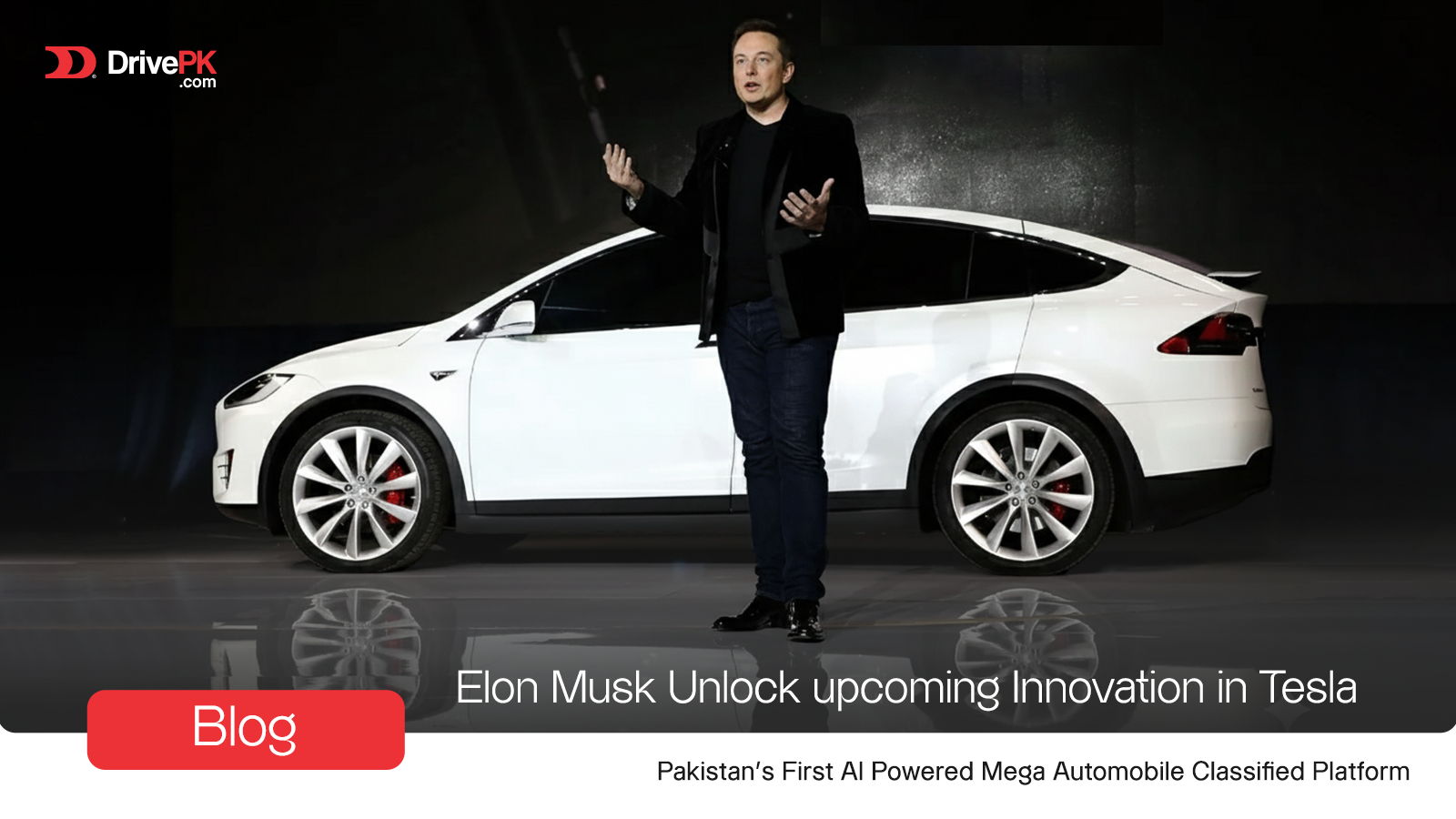Honda Super-One EV Unveiled, Small Size, Big Performance
honda super-one, honda super n, honda kei car, honda ev, honda electric hatchback, japan mobility show, honda 2026 cars, honda prelude hybrid, honda 0 series, honda city ev, compact ev, honda boost mode, electric hot hatch, small electric car, fun to drive ev, honda prototype, honda design, japan ev cars, honda super ev concept, drivepk auto news

Table of Contents
- Why does it fit real life?
- Size & Stance, Small Body, Big Attitude
- Inside the Cabin, Simple, Sporty, Driver-First
- Powertrain & Range, What We Know So Far
- Tested Hard: Japan, UK, Asia, Real Roads, Real Feedback
- Launch Plan, Japan First, Then the World (Sort Of)
- Who’s It For? The Buyer Profile
- Could Pakistan See the Super-One?
- Final Take: Why the Super-One Matters
- Frequently Asked Questions
- 1. What exactly is the Honda Super-One?
- 2. How big is this thing?
- 3. What’s Boost Mode all about?
- 4. Does it really sound like a gas car?
- 5. What’s the range like?
- 6. When and where can I buy one?
- 7. How much will it cost?
- 8. Who’s this car actually for?
- 9. Any chance we’ll see it in Pakistan?
- 10. Why should I even care about this car?
Picture Goodwood. Tires scream. Smoke curls. A tiny Honda concept blasts uphill. The crowd roars. That was 2024. Fast forward. Honda just showed the real thing at the Japan Mobility Show 2025. Meet the Super-One. A 2026 electric hatch. In a smart city, I'm on the fast track. Track fast. This post breaks down design, tech, Boost Mode, launch dates, and
Why does it fit real life?
From Concept to Reality: The Super EV Journey
Goodwood 2024 sparked it. The Super EV Concept flew. Japan Mobility Show 2025 made it metal. Honda calls it the Super-One Prototype. Same wild spirit. Sharper edges. They built it on the N-Series platform. Think Kei cars. Japan’s mini rules. But stretched for world roads. Honda skipped big batteries. Choose light weight. Fun first. Range second. That’s the shift.
Size & Stance, Small Body, Big Attitude
Under 3.4 meters long. 1.5 meters wide. Fits anywhere. Flared fenders bulge. Black alloy grip. The roof sits low. Looks mean. Honda e is cute. The Fiat 500e is round. Mini Cooper SE is retro. Super-One? Pure stance. Target weight hits 1,100 kg. Lighter than most EVs. Park in tight spots. Zip through lanes. City chaos? No problem. It owns the urban jungle.
Inside the Cabin, Simple, Sporty, Driver-First
No touchscreen mess. Real buttons for heat and air. Sport seats hug tight. Blue stitches pop. The digital dash stays clean. Small center screen. Just maps and tunes. Seats fold flat. The under-floor tray hides bags. Sound system pipes fake revs. You hear the action. The cabin feels built for drivers. No more distractions in the grabbing wheel.
Boost Mode, The Fake Gearbox That Feels Real
Press Boost. Power jumps 20%. Torque slams. Paddles click. Seven fake gears. Speakers growl. Revs match shifts. UK testers said it pins you back. Japanese drivers loved mountain runs. Porsche Taycan fakes two speeds. The Hyundai Ioniq 5 N does eight. Honda nails seven.
Powertrain & Range, What We Know So Far
Rear motor. Single setup. Guess 150 to 180 kW. That’s 200 to 240 horses. The battery has a capacity of 35 to 40 kWh. City focus. Range lands 250 to 300 km. Charges at 100 kW. Honda stays quiet on exact numbers. Fun trumps stats. It’s built to play. Not cross countries.
Tested Hard: Japan, UK, Asia, Real Roads, Real Feedback
UK B-roads twist. Roundabouts spin. Wet grip holds. Japan mountain climb. City stops test brakes. Asia's heat cooks. Potholes pound. One tester said, “Go-kart with AC.” Lane keep works. Cruise adapts. Level 2 safety. Standard fit. Real roads shaped it.
Launch Plan, Japan First, Then the World (Sort Of)
Japan gets Super-One spring 2026. The UK calls it Super-N late the same year. Asia and Oceania follow 2027. North America skips. Price sits at ¥3.5 to 4.5 million. Around $23,000 to $30,000. Gray imports? Maybe.
Beyond the Super-One: Honda’s Sporty Future
The 2026 Prelude hybrid rolls 200 hp. Two motors. Rev-match shifts. 0 Series SUVs hit 2027. Ye GT concept eyes production. Dreams now run on volts.
Who’s It For? The Buyer Profile
Ages 25 to 35. City workers. Hot hatch fans. Second car buyers. Short trips. Big smiles. Beats Abarth 500e. Waits for Alpine A290.
Could Pakistan See the Super-One?
No plans yet. Honda Atlas builds City and BR-V here. Small size fits Lahore jams. Karachi lanes. Duty cuts could help. Dream? Right-hand Super-N from the UK.
Final Take: Why the Super-One Matters
EVs can excite. Honda keeps it small and wild. Boost Mode links old joy to new tech. Here are some sensational scenes, in which you can see the drifting exposure of a variety of vehicles. DrivePK is Pakistan’s first AI platform. Fun stays affordable. Circle 2026.
Frequently Asked Questions
1. What exactly is the Honda Super-One?
It’s a tiny electric hatchback Honda just revealed at the Japan Mobility Show. Think of it as the grown-up version of that wild Super EV Concept that tore up Goodwood last year. Small enough for city streets, punchy enough to feel like a rally toy.
2. How big is this thing?
Under 3.4 meters long. About 1.5 meters wide. You can park it nose-first in spots that make SUVs sweat. And at around 1,100 kg, it’s lighter than most electrics out there.
3. What’s Boost Mode all about?
Hit the button and power jumps 20%. You get paddle shifters that fake seven gears. Speakers growl with rev-matched engine sounds. It’s weird at first, but testers say it pins you to the seat and puts a stupid grin on your face.
4. Does it really sound like a gas car?
Yeah. Honda pipes fake engine noise through the speakers. Revs climb when you “shift.” UK drivers called it go-kart fun with AC. Japan testers loved carving mountain roads with it.
5. What’s the range like?
Honda hasn’t spilled exact numbers yet, but expect 250–300 km on a charge. Battery’s probably 35 to 40 kWh. This car’s built for city blasts and weekend backroads, not cross-country hauls.
6. When and where can I buy one?
Japan gets the Super-One in spring 2026. UK follows late 2026 as the Super-N. Other parts of Asia and Oceania come in 2027. North America? Honda says no. Gray-market imports might be your only shot.
7. How much will it cost?
In Japan, ¥3.5 to 4.5 million. That’s roughly $23,000 to $30,000. Cheap for the fun you’re getting, but taxes and shipping could change things elsewhere.
8. Who’s this car actually for?
Young city folks. Hot-hatch lovers who miss stick shifts. Anyone who wants a second car that’s a blast on short drives. Not for families hauling groceries or road-tripping to the coast.
9. Any chance we’ll see it in Pakistan?
No official word. Honda Atlas builds bigger stuff here, like the City. But this little guy would slice through Lahore traffic or Karachi chaos. If duties drop, a right-hand-drive Super-N from the UK could sneak in.
10. Why should I even care about this car?
Because EVs don’t have to be boring boxes. Honda kept it small, light, and wild. Boost Mode brings back the thrill that gas cars are losing. Mark 2026, this one’s worth the wait.
Tags
Share this article
About the Author
Najeeb Khan
Automotive enthusiast and writer
Comments (0)
Login Required
You need to be logged in to comment on this article.
No comments yet. Be the first to share your thoughts!
Related Articles

Rawalpindi-Islamabad Transporters Begin Wheel-Jam Strike | New Traffic Fines Trigger Citywide Shutdown
Transporters in Rawalpindi and Islamabad have launched a full wheel-jam strike over heavy new traffic fines, halting buses, wagons, trucks, and loaders across the cities. The protest has disrupted daily commuting, goods supply, and school transport, with unions demanding an immediate rollback of the ordinance.

Elon Musk Unlock the Upcoming Innovation in Tesla
Elon Musk on Joe Rogan: Roadster Flying Hints and Cybertruck Real Talk Elon Musk dropped by Joe Rogan’s studio on October 31, 2025. Episode #2223...